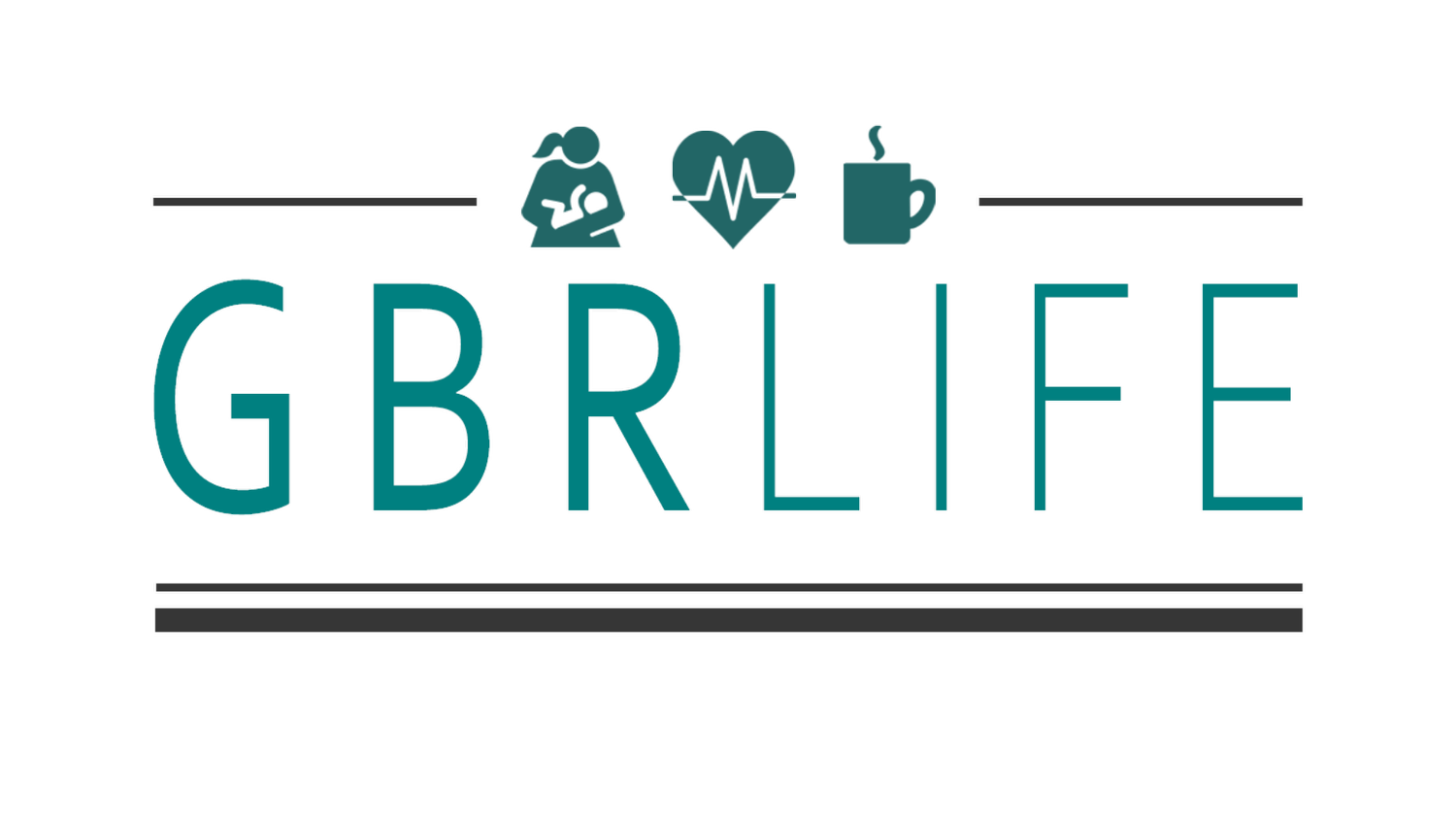Dealing with Burnout: Recognizing the Signs and Taking Action
Burnout sneaks in with stealth and wears many disguises. In corporate America’s relentless pace and amidst the ceaseless energy of entrepreneurship, it's not just common; it's an epidemic. Drawing from my dual roles as a project manager in the high-stakes telecommunications industry and as the founder of GBRLIFE, I've faced the brink of burnout more than once. Sharing these experiences and recovery strategies isn’t just professional—it’s personal…
Understanding Burnout
Burnout is more than just an "off day." It’s a chronic state brought on by excessive and prolonged emotional, physical, and mental stress. It is prevalent in high-impact environments where pressures to perform are intense and relentless.
Physical and Emotional Exhaustion: This goes beyond typical fatigue. It’s waking up as tired as when you went to bed, feeling physically and emotionally depleted—the tank is empty.
Cynicism and Detachment: Tasks that once sparked joy now ignite only irritation. The detachment from your job, your colleagues, and even your career ambitions grows, sapping the passion that once drove you.
Feelings of Ineffectiveness and Lack of Accomplishment: The hours you pour into work bring diminishing returns. Your productivity plummets, and nothing you do feels good enough.
“We no longer believe in work/life balance: It’s all just life. And we need to know it’s a life that we want to live, filled with security, confidence, love, and meaning. The idea that we turn “off” life when we turn “on” work is outmoded. What happens to us at work, the choices we make at work, how we lead at work—all of this impacts our macro and micro quality of life, and the nature of the world we live in”
Image Credit: @nublson
Spotlight on Signs: A Closer Look
Let’s break down these signs with deeper insights and real-world implications:
Exhaustion: Consider the impact of sleep quality on your work and relationships. It’s not just about being tired—it’s about how this exhaustion curtails your ability to think, perform, and stay healthy.
Detachment: Explore how this might manifest at your workplace. Perhaps you’ve started to withdraw from team meetings or are less proactive about your projects.
Ineffectiveness: Discuss the spiral of productivity loss—missing deadlines, decreased quality of work, and the growing backlog that seems insurmountable.
Expert Opinions:
Anne Lamott poetically notes, "Almost everything will work again if you unplug it for a few minutes—including you," suggesting that sometimes stepping away is the best solution to overwhelm (therandomvibez).
Susan Scott: "Burnout…occurs because we're trying to solve the same problem over and over" (Motivirus).
Jenn Bruer: "One of the deepest contributors to burnout, I believe, is the deep disappointment of not living up to your true calling" (Motivirus). This reflects on the existential component of burnout related to unmet personal and professional aspirations.
Maya Angelou: "Every person needs to take one day away. A day in which one consciously separates the past from the future. Jobs, family, employers, and friends can exist one day without any one of us" (Motivirus). Angelou's advice underscores the importance of taking time for oneself to prevent burnout.
Arianna Huffington: "Give up the delusion that burnout is the inevitable cost of success" (therandomvibez). Huffington challenges the notion that extreme stress and burnout are necessary prices to pay for achieving high levels of success.
Michael Gungor: "Burnout is what happens when you try to avoid being human for too long" (therandomvibez). This quote speaks to the unsustainability of neglecting human needs in pursuit of perpetual productivity.
Practical Steps to Combat Burnout
Technology Detox: Encourage readers to take regular breaks from digital devices, not just after work hours but also intermittently throughout the day.
Professional Help: Detail the types of therapies beneficial for burnout, like cognitive behavioral therapy (CBT), which can reshape negative thought patterns about work.
Rediscover Joy: It’s crucial to reconnect with what brings you joy outside of work. Whether it’s creative arts, sports, or volunteering, find your escape valve.
We want to hear from you. What are your experiences with burnout? How do you cope? What strategies would you like to learn more about? Share your thoughts and stories, and let’s build a community dialogue around wellness and resilience.
Burnout is more than a personal issue; it's a communal challenge that calls for collective solutions. By sharing our stories and strategies, we not only confront burnout but also foster a culture where wellness and fulfillment are part of the everyday fabric.


